B-Locus Rabbit Colors
B-locus rabbit colors. Rabbit coat color genetics information pertaining to the 2 B-locus genes carried by domestic rabbits.
The B-locus is fairly easy to understand. ‘B’ stands for ‘black.’ ‘B’ genes determine the intensity of the black pigment. There are just two options of B-locus genes that we know of:
- B - black
- b - brown, also called chocolate
Wild European rabbits are all black-based. They are agoutis,
with black tips on the hair shafts, and a slate gray undercolor, which is
correct for a black-based rabbit.
The chemical that produces black color is called eumelanin.
Somewhere in the shrouds of history, a recessive mutation occurred that affected the ability of the black pigment molecules along the hair shafts to produce mature eumelanin. The mutation disables a pigment enzyme, and the result is immature, or weak, pigmentation production.
Note - ‘weak’ does not mean dilute in this case. ‘Weak’ means not as strong or as intense. (The dilute genes are at the D-locus.)
The recessive ‘b’ gene results in a dark brown coloration, instead of black (‘B’). Today we describe that color as ‘chocolate.’
Instead of slate-gray, chocolate ‘bb’ rabbits have a lighter, dove-gray undercolor due to the same immature pigmentation.
Being completely recessive, chocolate and chocolate-based rabbits all have ‘bb’ at the B-locus.
Black rabbits may have ‘BB’ or ‘Bb.’ If the pedigree cannot reveal the identity of the second ‘B’ gene in a black rabbit, the only other method of discovery is to test-breed with a chocolate rabbit. Any chocolate offspring means the genotype of the black rabbit is ‘Bb.’
A, B, C, D, and E genes, working together, produce a
multitude of rabbit colors, but without fail, these are either black-based or
chocolate-based. (Even the recessive, colorless REW and BEW have B or b genes
under the white coats.)
A-Locus and B-Locus
Rabbit Color Genetics
- An 'A_B_' rabbit is a black agouti, also called chestnut agouti, sandy or castor depending on breed. This is a black-based agouti rabbit with black tipped fur.
- An 'A_bb' rabbit is chocolate agouti, also called Amber in some breeds. The fur shafts are tipped in chocolate.
- An 'at_B_' rabbit is a black-based tan patterned rabbit, such as a Black Otter or a Black Silver Martin.
- An 'at_bb' rabbit is chocolate-based tan patterned rabbit, such as a Chocolate Otter or a Chocolate Silver Martin.
- An 'aaB_' rabbit is a self black rabbit - solid-colored all over, such as the black Polish rabbit above.
- An 'aabb' rabbit is a self chocolate rabbit -
solid-colored all over, such as the Havana rabbit pictured above.
Notice that both self (aa) and chocolate (bb) are recessive,
which is why there is no doubt as to the genotype of a self chocolate, at least
regarding the aa and bb genes.
140+ Rabbit Colors; Just 2 Pigments
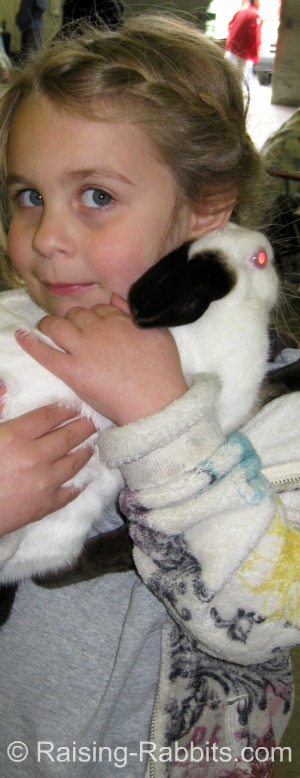
Those pigments are black and yellow (not black and chocolate).
Both black and chocolate come from eumelanin. Black is full-strength eumelanin. Chocolate is immature, or weak, eumelanin.
Yellow, including all the shades of orange and rufus, come from pheomelanin, the name of the other rabbit pigment.
The B-Locus affects only the eumelanin in a rabbit -- the intensity of the black pigment, whether pitch black or relaxed chocolate.
The rabbit pictured at right is a black himalayan - a black rabbit with C-locus genes that eliminate most of that black, except at the points.
B-locus rabbit colors - very uncomplicated.
Double-Value Guarantee
Our policy is to always OVER-deliver
on value,
which is why your purchase is fully covered by our
Double-Value
Guarantee.
Go ahead - take any of our e-books for a test drive. Peruse our detailed informational and educational e-books. Examine our plans for building rabbit cages, runs, or metal or PVC hutch frames. Check out the Rabbit Husbandry info e-books.
If you aren't completely satisfied that your e-book purchase is worth at least double, triple or even quadruple the price you paid, just drop us a note within 45 days, and we'll refund you the entire cost. That's our Double-Value Guarantee.
Note: When you purchase your
e-books, they will be in PDF format, so you can download them to any device that
supports PDF format. We advise making a back-up copy to a drive or cloud
account. If the books are lost, you can also purchase another copy from Raising-Rabbits.
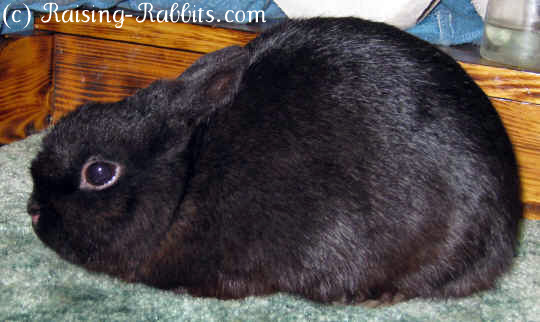
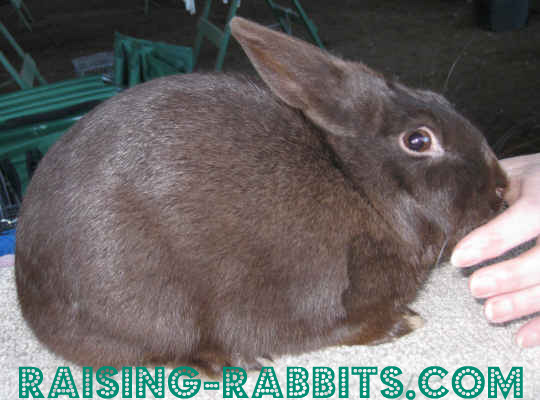
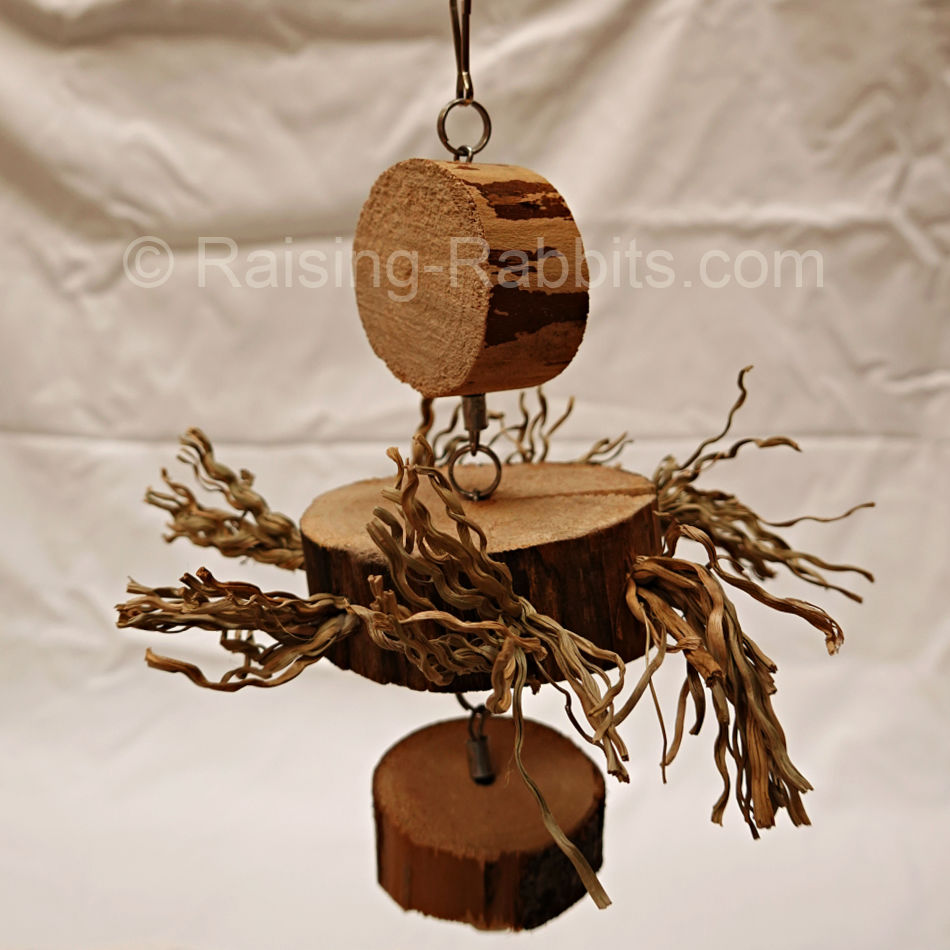
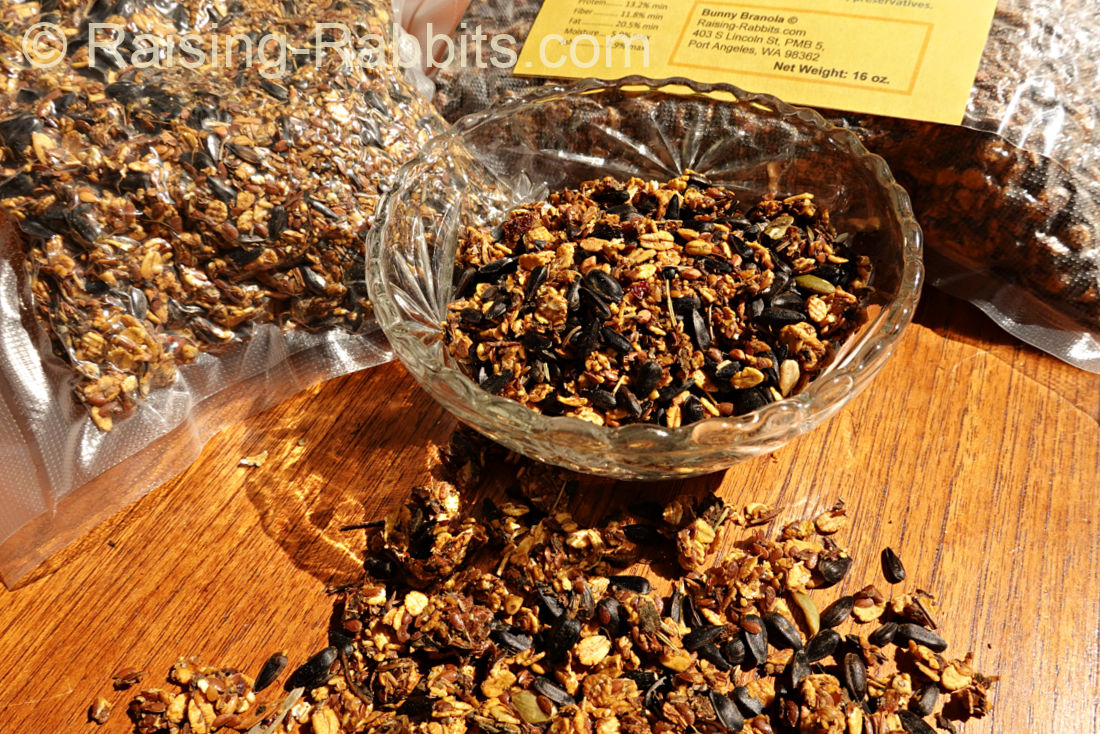
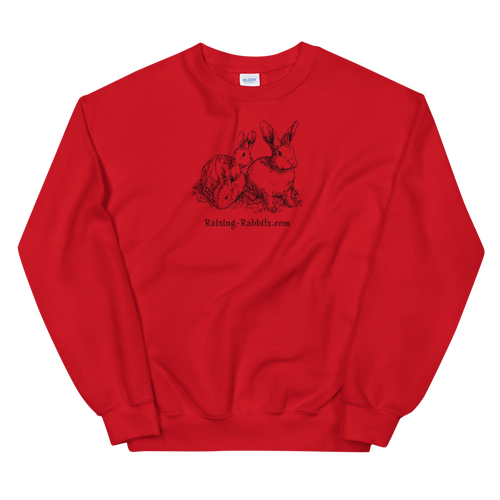





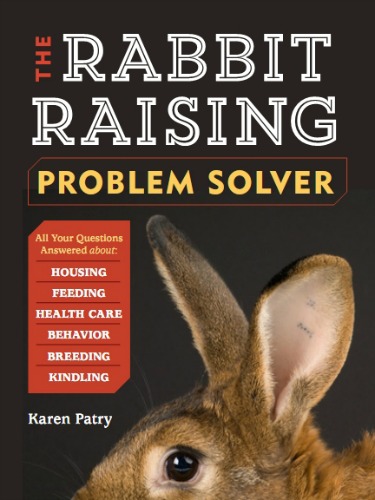

New! Comments
Have your say about what you just read! Leave me a comment in the box below.